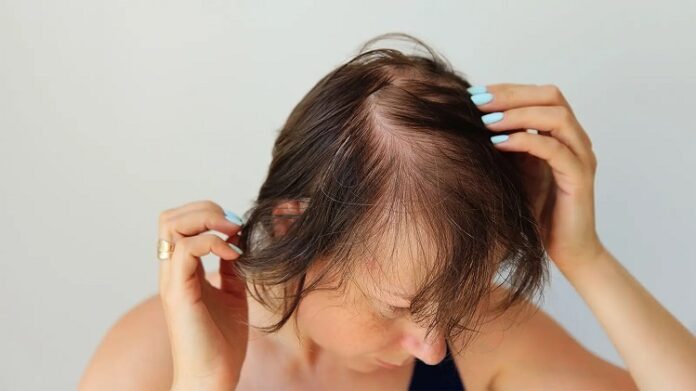Every man wants to know the secret, about preventing hair loss or you could say that men actually hold on to the idea that it might be quite possible to do so – even if he is not on the balding stand and category. It is always comforting to know that there is some recourse out there, even if it ends up getting bad someday. However, in that race to beat hair loss by searching for hair restoration in London– You will find that there are a lot of gimmicky procedures, devices and supplements in the market – wherein each of them promise to be the next big thing – however, there are really only a few things that actually work. Hence, we are going to lay all that out for you today in the clearest way possible.
Not everyone wants to go for a hair transplant in Southampton, hence, if you want to keep your hair, and strengthen them or even be in the hair follicles that haven’t dried up yet, you can try the following steps and see long-lasting results within a few months.
- Seeking Help as Soon as You Notice a Change: If you really want to fight hair-loss you need to visit a dermatologist, or look into solutions from people like Paul Lindsey, at the first sign of thinning or shedding of your hair. If you get treatment for hair loss in the early stages, it can minimise the overall damage and also increase the odds the offered treatment’s efficacy. Of course, hair loss can seem overwhelming, that’s why consulting a dermatologist who can help you with hair loss prevention in London, will actually aid you in understanding all your treatment options.
- Building a Plan that Works for You: There are three hair restoration in London options that you can consider, that work together to stimulate re-growth on dormant follicles as well apart from active follicles of course. You can talk to your dermatologist about following the three methods, which of course are not as invasive as an FUE in Southampton.
- Finasteride: Finasteride also commonly known as Propecia, blocks the formation of DHT. DHT or dihydrotestosterone is a male androgen hormone, that is responsible for hair loss as it makes the hair follicles thin and short. Hair generally grows in 3 phases and DHT can disrupt the hair growth cycle or the anagen phase. As a result of this obstruction, the hair ends up going into a longer resting period, which stops its growth. Hence by using this method of hair loss prevention in London you can help in blocking the absorption of DHT. The bottom line is that Finasteride can help in proving hair growth.
- Minoxidil: Much better known by the patented name Rogaine, Minoxidil is actually quite readily available over the counter as well. When you apply it on your crown, two times daily you can end up increasing the blood flow to your hair follicles, that will strengthen and thicken them. As your hair grows fuller post this hair restoration in London chemical, they will be less susceptible to hair fall. Minoxidil is also capable of giving the hair follicles a boost during the regrowth phase after a natural fall has occurred. You will find the chemical to be particularly effective on the crow of the head, where it will also promote uniform thickness. The only drawback is that it might not be as effective as a defence against hair recession at the temples.
- Platelet-Rich Plasma: Platelet Rich Plasma or PRP might actually be a new method of hair loss prevention in London you’ll get to hear about and it certainly is the deluxe one. PRP ends up using platelets from your own blood to help in the stimulation of hair growth. For PRP the first step involves pulling out your blood in a centrifuge and then spinning it. Spinning the blood separates the red blood cells from the platelet-rich plasma. The plasma is them drawn out into various syringes and injected into the scalp by your doctor. Even though it might sound a little painful but honestly it is not as invasive as Hair Transplant in Southampton and of course it is not as overtly guarantee-able with results as well. Platelets contain in them growth factors that actually promote healing and can stimulate the hair follicle, well enough to begin a new growth cycle. For the best results, you need to get done for 4 months in the beginning and then go down to a quarterly or biannual visit. It is, of course, a little more effective than the generic drugs mentioned above and also much more expensive.
Hence you could try using the aforementioned methods of less invasive hair restoration in London, before deciding to go in for a complete hair transplant in Southampton.

